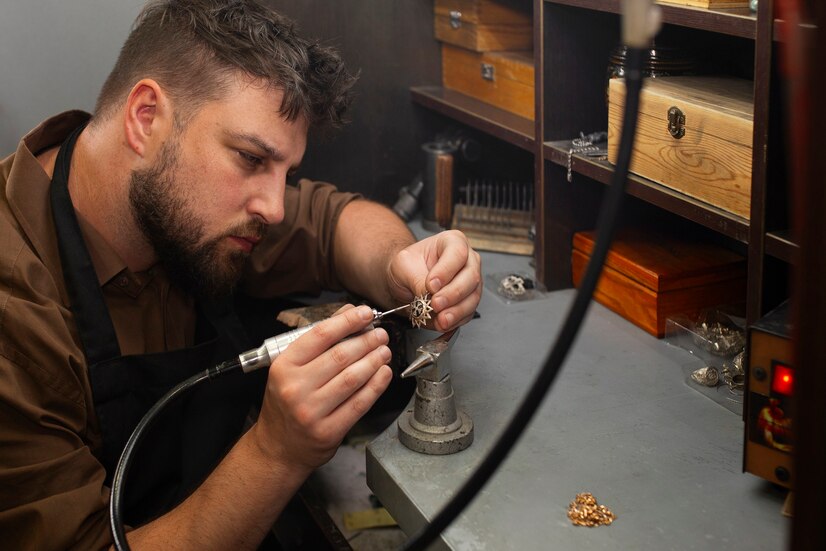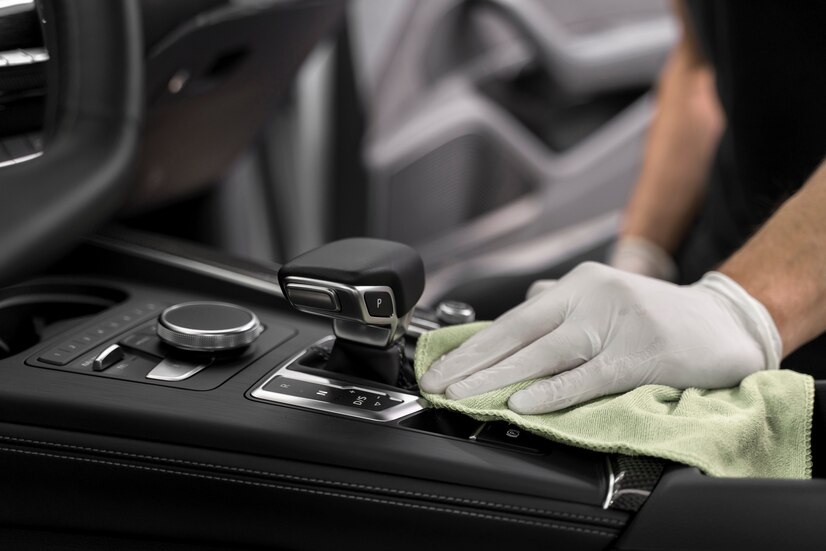Vintage watches are not only beautiful timepieces but also windows into the past, reflecting the craftsmanship and innovation of bygone eras. However, the journey from neglected heirloom to gleaming treasure requires more than just a polish.
It demands the expertise, precision, and dedication of skilled artisans in the craft of vintage watch restoration. In this article, we delve into the techniques and challenges involved in restoring these timeless pieces.
Preserving History One Tick at a Time
Vintage watch restoration is a delicate balance between preserving the original character of the timepiece and ensuring its functionality for years to come.
Each restoration project begins with a thorough assessment of the watch’s condition, including its movement, case, dial, and hands. This evaluation helps determine the extent of the restoration needed and guides the restoration process.
Cleaning and Polishing: The First Steps
The restoration process typically starts with cleaning and polishing the watch components. Years of dirt, grime, and oxidation can accumulate on the case, crystal, and bracelet, dulling the watch’s appearance.
Using specialized cleaning solutions and techniques, watchmakers carefully remove dirt and debris without damaging the delicate components underneath. Polishing restores the luster of metal surfaces, breathing new life into the watch’s aesthetic appeal.
Movement Overhaul: Precision and Patience
The heart of any watch is its movement – the intricate mechanism responsible for keeping time. Vintage watches often require a complete overhaul of their movements to ensure accuracy and reliability.
This process involves disassembling the movement, cleaning each part meticulously, replacing worn or damaged components, lubricating the gears, and adjusting the timing to perfection.
It’s a labor-intensive process that requires both precision and patience, as even the smallest deviation can affect the watch’s performance.
Artistry and Attention to Detail
The dial is the face of the watch, and its restoration requires a delicate balance between preserving its original design and repairing any damage. Skilled dial restorers use a variety of techniques to address issues such as fading, discoloration, and scratches.
This may involve carefully retouching the dial’s markings, repainting damaged areas, or even recreating missing elements by hand. The goal is to revive the dial’s beauty while maintaining its authenticity.
Challenges in Vintage Watch Restoration
Restoring vintage watches presents a unique set of challenges, often due to the scarcity of original parts and the complexity of the restoration process.
Additionally, navigating the fine line between restoration and overhauling can be challenging, as some collectors prefer their watches to retain signs of age and patina.
Bringing Back Shine and Structure
The case and bracelet of a vintage watch often bear the brunt of wear and tear, with scratches, dents, and signs of aging affecting their appearance.
Restoration of the case and bracelet involves carefully addressing these imperfections while preserving the original design and finish.
Techniques such as buffing, polishing, and refinishing can help restore the shine and structural integrity of the watch, ensuring it looks as impressive as it did when it first left the workshop.
Crystal Replacement: Clarity and Protection
The crystal, or the transparent cover that protects the watch dial, may become scratched, cracked, or discolored over time. Replacing the crystal is a crucial aspect of vintage watch restoration, as it not only enhances the watch’s appearance.
But also protects the dial and hands from dust, moisture, and other environmental factors. Selecting the right type of crystal, whether it be acrylic, mineral, or sapphire, is essential to maintain the authenticity and aesthetic of the timepiece.
Balancing Authenticity and Functionality
One of the greatest challenges in vintage watch restoration is balancing authenticity with functionality. While purists may prefer to preserve as much of the original watch as possible, certain components may need to be replaced or upgraded to ensure the watch performs reliably.
This delicate balance requires careful consideration of the watch’s historical significance, the availability of original parts, and the owner’s preferences.
Uncovering the Watch’s History
Before embarking on a restoration project, watchmakers often conduct thorough research to understand the watch’s history, provenance, and original specifications.
Documenting these details not only enriches the restoration process but also adds to the watch’s provenance and collector appeal.
Ensuring Longevity and Performance
Once the restoration is complete, the watch undergoes rigorous testing to ensure it meets quality standards and performs accurately. This may include testing the movement for timekeeping accuracy, checking the water resistance of the case, and inspecting the functionality of any complications or additional features. Quality assurance is paramount in vintage watch restoration, as it guarantees the longevity and reliability of the timepiece for its future owner.
Conclusion
Vintage watch restoration is a labor of love that requires a blend of technical skill, artistic flair, and historical appreciation. Each restoration project is a testament to the dedication and expertise of the craftsmen who breathe new life into these timeless treasures. By preserving the legacy of vintage watches, these artisans ensure that the stories they tell continue to be shared for generations to come.





